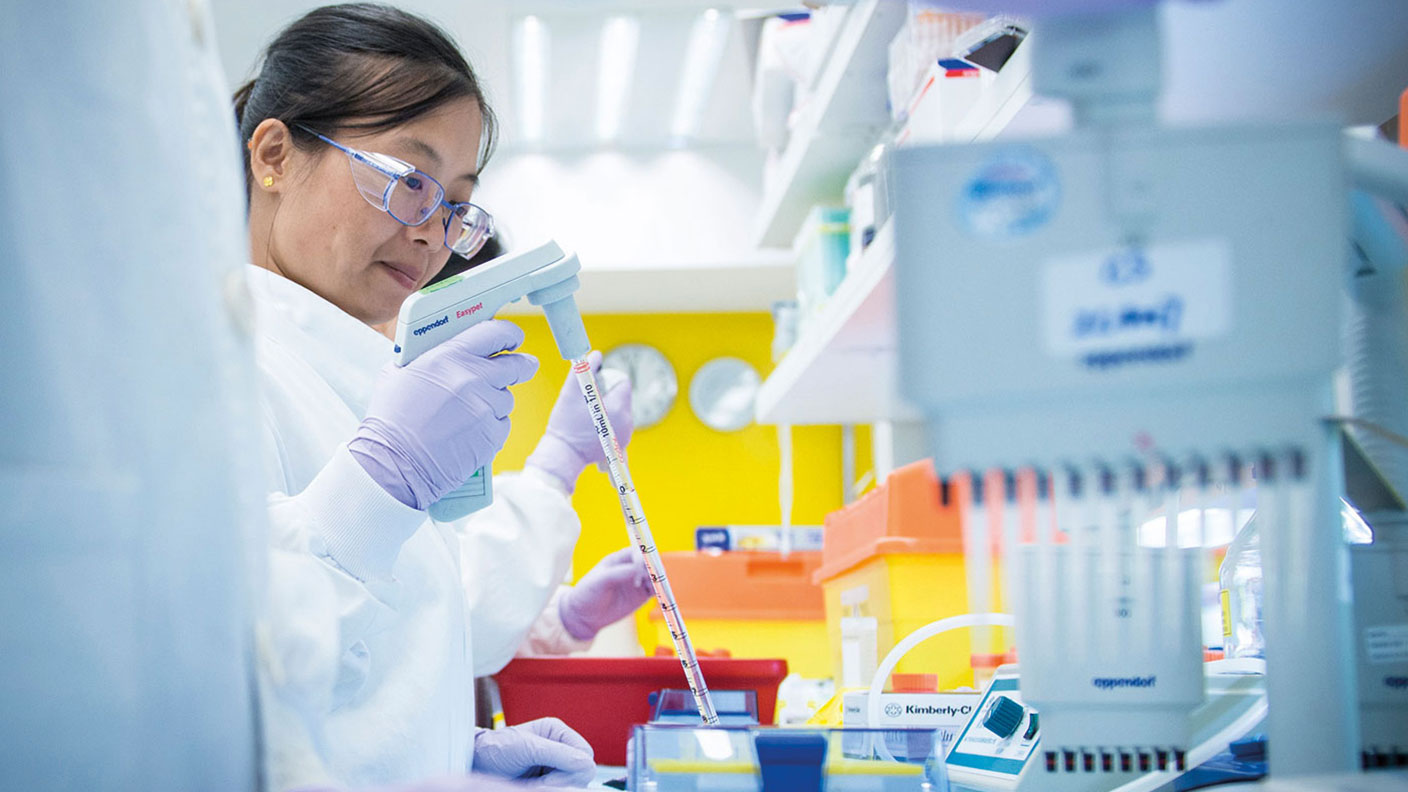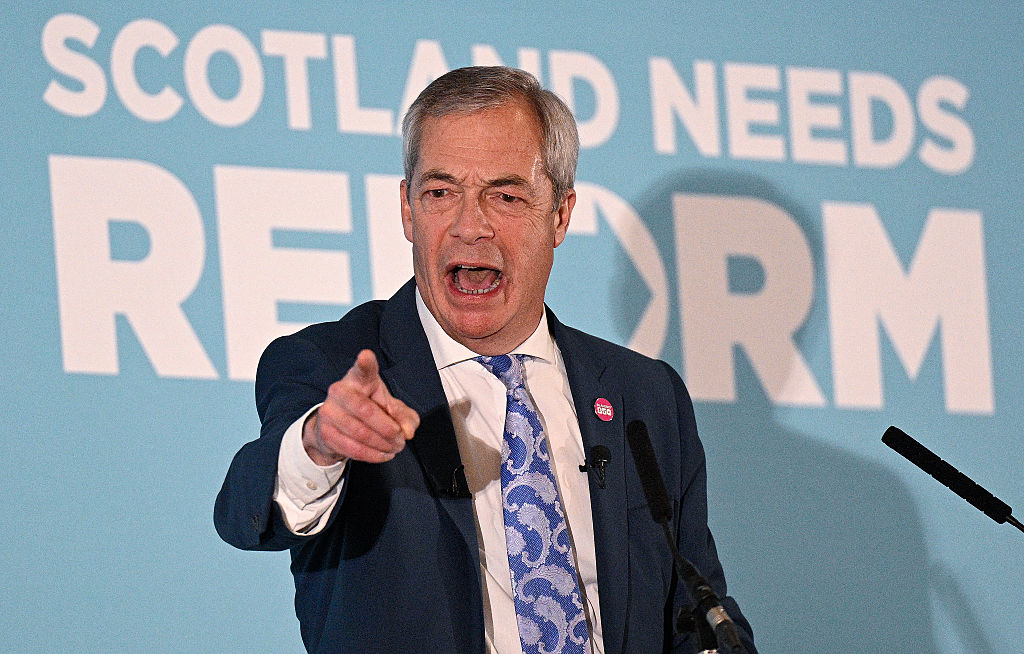More good news as AstraZeneca finds a third Covid vaccine
Another week, another Covid-19 vaccine. This one from AstraZeneca and Oxford University is homegrown and ready to roll out fast. Matthew Partridge reports


The good news keeps coming on the vaccine front, says Lex in the Financial Times – this time with positive results from AstraZeneca. The overall tally was “underwhelming”: the treatment’s average efficacy of 70% was “significantly less” than the figure achieved by the BioNTech/Pfizer and Moderna vaccines. But the best results, of 90% efficacy, were achieved for participants who only received half of the first of two doses. This suggests that “more people can get a shot with the same amount of vaccine”. AstraZeneca has already agreed deals with drugmakers in Russia, Brazil and India to produce up to three billion doses.
Despite this apparent success, the market has punished AstraZeneca, with the drug giant’s shares falling by 3.8% when the news was announced, says Nils Pratley in The Guardian. Part of this is due to the need to explain the “wide gap” between the 62% efficiency in the main study and 90% for those who received the half-dose, full dose regime. AstraZeneca’s pledge “to distribute the vaccine at cost during the course of pandemic” also means that it “won’t make profits from the initial orders”. Still, it’s impossible to deny that a 90% efficiency rate in one study is “excellent”.
Near-perfect protection
The near-perfect level of protection is particularly impressive given the way the trial was conducted, says The Economist. While the numbers of people involved were smaller than in rival studies, AstraZeneca repeatedly tested all those involved in the trial to pick up asymptomatic infections. As a result, the efficiency of AstraZeneca’s jab is not necessarily worse than that of Pfizer and Moderna, who relied on people self-reporting symptoms, followed by a confirmatory test. This is important because those who are asymptomatic can still pass on the virus to others, so AstraZeneca’s jab may ultimately reduce the transmission of the virus. The interim results “will certainly please the UK government”, says Ross Clark in The Spectator. Not only is it a “homegrown” vaccine, developed from research carried out by the University of Oxford, and part-funded by the state, but the UK has also ordered 100 million shots. What’s more, the facts that the vaccine itself “is less than a fifth of the price of the Pfizer vaccine” and can be “kept at ordinary fridge temperatures” will greatly facilitate a roll-out, as well as making it the “obvious choice” for developing countries.
MoneyWeek
Subscribe to MoneyWeek today and get your first six magazine issues absolutely FREE

Sign up to Money Morning
Don't miss the latest investment and personal finances news, market analysis, plus money-saving tips with our free twice-daily newsletter
Don't miss the latest investment and personal finances news, market analysis, plus money-saving tips with our free twice-daily newsletter
While Britain and America have ordered enough doses for their entire populations, most young and able-bodied people in other countries “may have to wait until 2022 to be vaccinated”, even with multiple vaccines, says Aimee Donnellan on Breakingviews. That means that many unvaccinated people could “keep avoiding public transport and mass gatherings”, which will “put a cap on any recovery in corporate profitability”.
Get the latest financial news, insights and expert analysis from our award-winning MoneyWeek team, to help you understand what really matters when it comes to your finances.

-
 Football fans issued warning over ticket scams ahead of 2026 World Cup
Football fans issued warning over ticket scams ahead of 2026 World CupSantander customers lost more to football scams in the first six months of 2025 compared to the same period in 2024, when total losses surged due to the Euros
-
 Nationwide fined £44 million over “inadequate” anti-money laundering systems
Nationwide fined £44 million over “inadequate” anti-money laundering systemsFailings in Nationwide’s financial crime processes between October 2016 to July 2021 meant one criminal was able to deposit £26 million from fraudulent Covid furlough payments in just eight days.
-
 Who is Christopher Harborne, crypto billionaire and Reform UK’s new mega-donor?
Who is Christopher Harborne, crypto billionaire and Reform UK’s new mega-donor?Christopher Harborne came into the spotlight when it emerged he had given £9 million to Nigel Farage's Reform UK. How did he make his millions?
-
 The best Christmas gifts for your loved ones
The best Christmas gifts for your loved onesWe round up the best Christmas gifts with a touch of luxury to delight, surprise and amaze family and friends this festive season
-
 Leading European companies offer long-term growth prospects
Leading European companies offer long-term growth prospectsOpinion Alexander Darwall, lead portfolio manager, European Opportunities Trust, picks three European companies where he'd put his money
-
 How to harness the power of dividends
How to harness the power of dividendsDividends went out of style in the pandemic. It’s great to see them back, says Rupert Hargreaves
-
 Why Trustpilot is a stock to watch for exposure to the e-commerce market
Why Trustpilot is a stock to watch for exposure to the e-commerce marketTrustpilot has built a defensible position in one of the most critical areas of the internet: the infrastructure of trust, says Jamie Ward
-
 Tetragon Financial: An exotic investment trust producing stellar returns
Tetragon Financial: An exotic investment trust producing stellar returnsTetragon Financial has performed very well, but it won't appeal to most investors – there are clear reasons for the huge discount, says Rupert Hargreaves
-
 How to capitalise on the pessimism around Britain's stock market
How to capitalise on the pessimism around Britain's stock marketOpinion There was little in the Budget to prop up Britain's stock market, but opportunities are hiding in plain sight. Investors should take advantage while they can
-
 London claims victory in the Brexit wars
London claims victory in the Brexit warsOpinion JPMorgan Chase's decision to build a new headquarters in London is a huge vote of confidence and a sign that the City will remain Europe's key financial hub